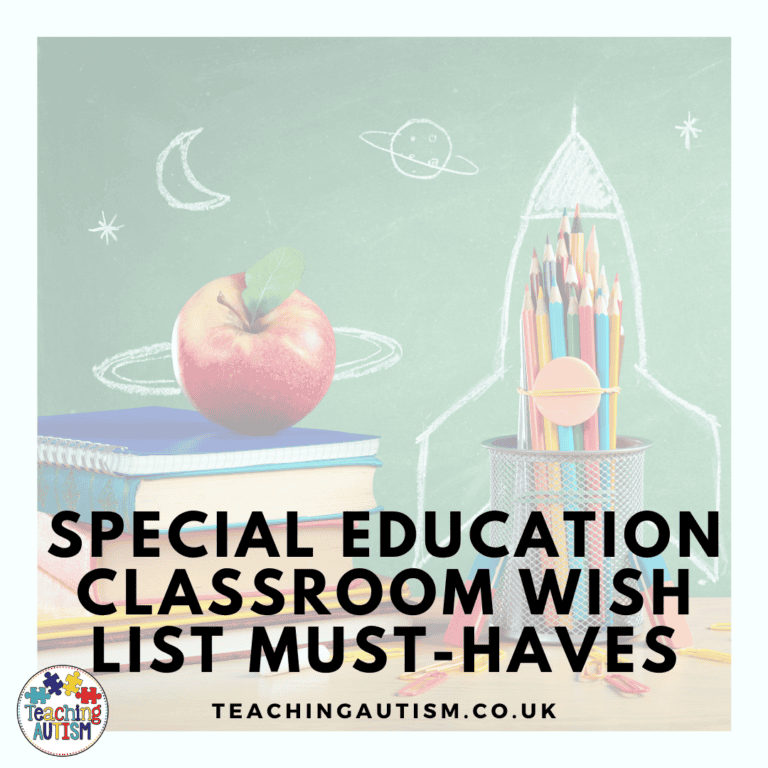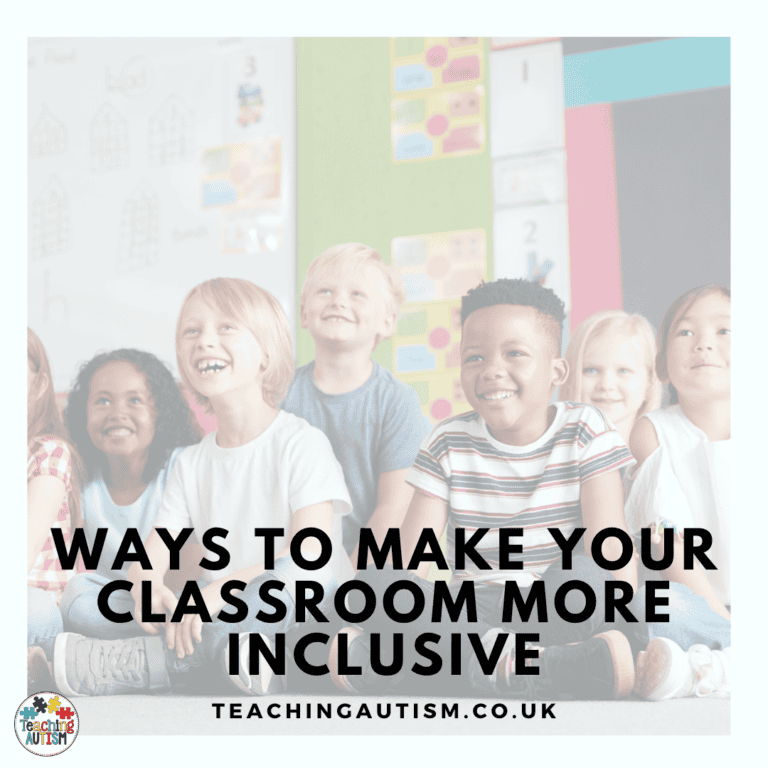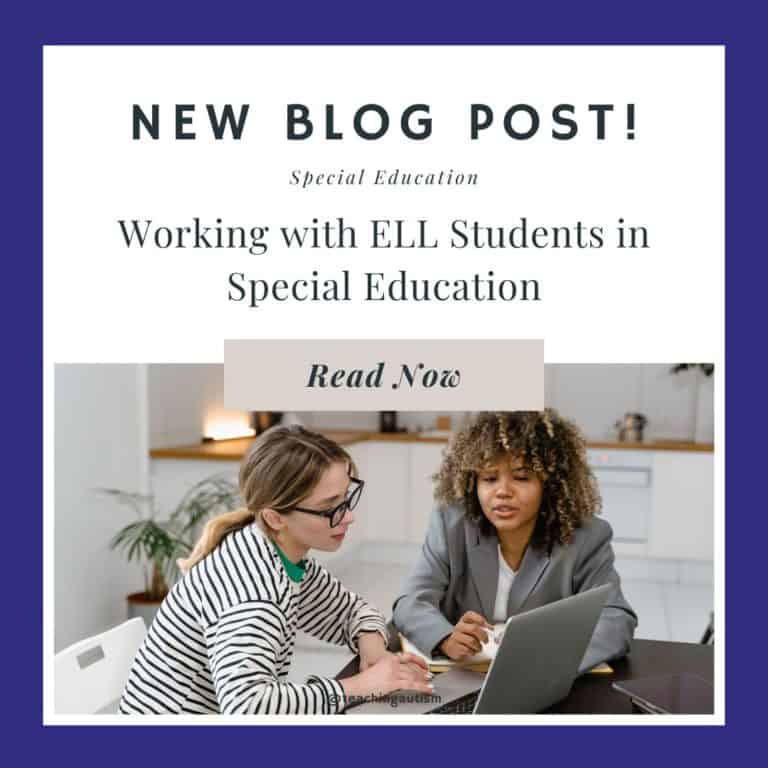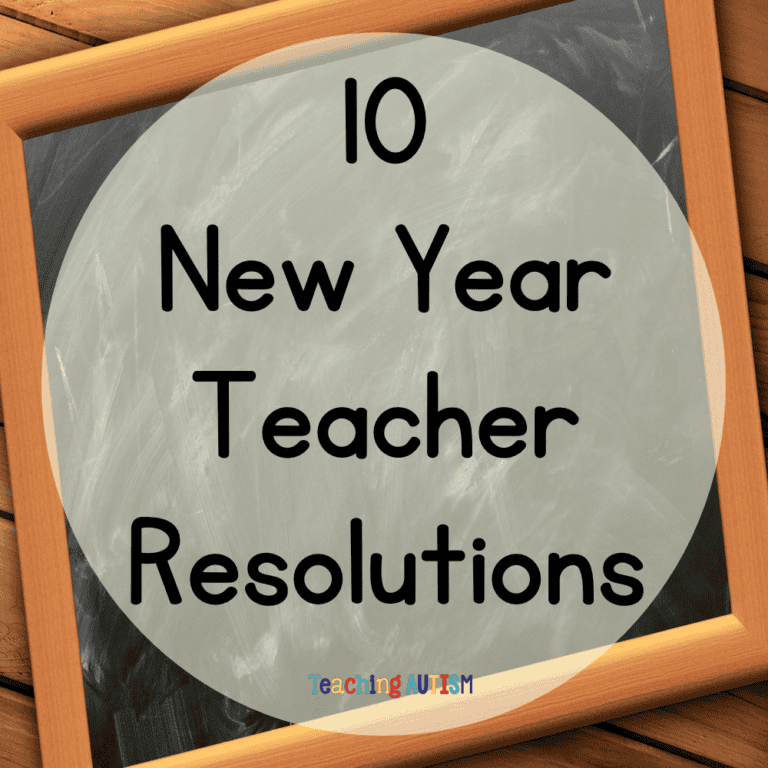What is Reverse Inclusion? Special Education
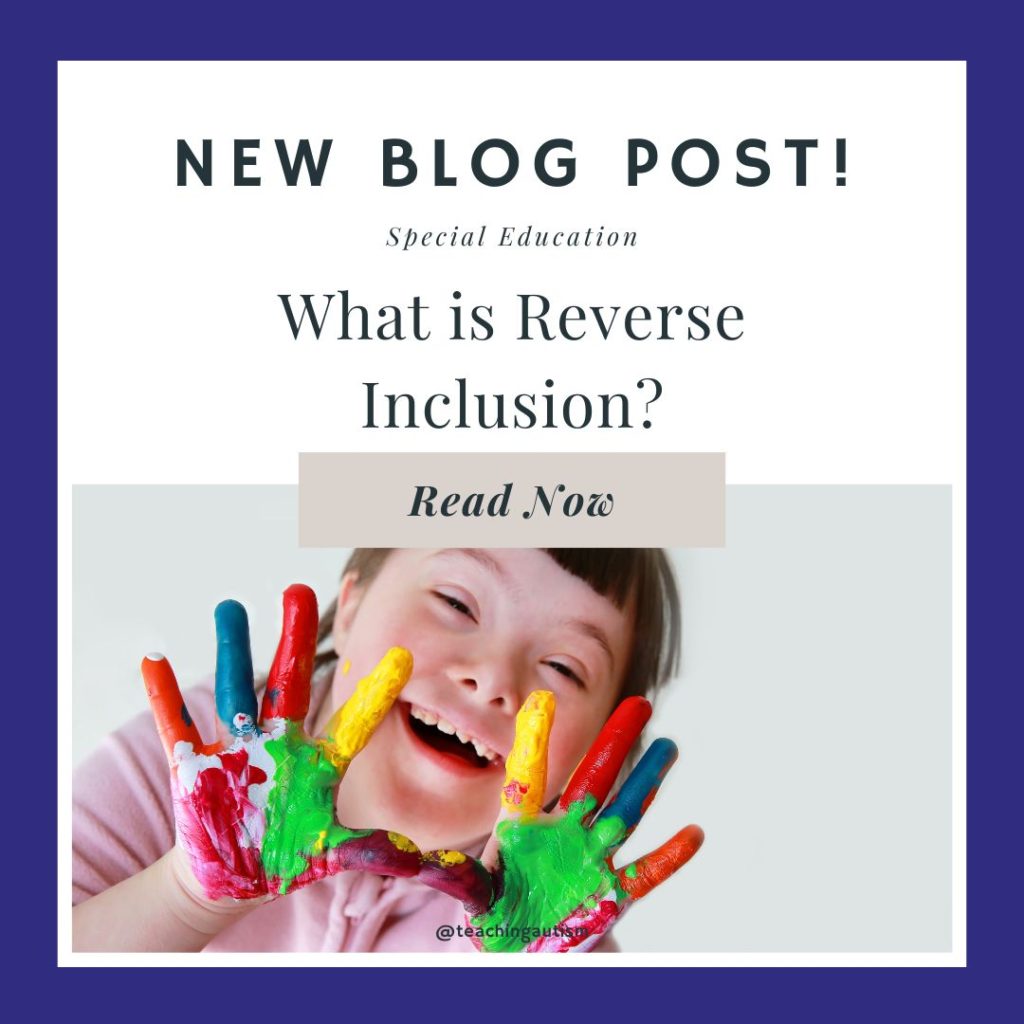
What is Reverse Inclusion?
Reverse inclusion is a relatively new concept that flips traditional inclusion on its head.
Instead of having individuals with disabilities included in society, reverse inclusion aims to have non-disabled individuals included in the world of those with disabilities.
This might involve activities like volunteering at a special needs school or participating in a program that pairs people with disabilities with non-disabled peers.
What are the Benefits?
There are numerous benefits to reverse inclusion. For one, it helps to break down stereotypes and misconceptions about individuals with disabilities.
When non-disabled individuals spend time with people who have disabilities, they learn that these individuals are more alike than different from themselves.
This can help to promote greater empathy and understanding, and foster a more inclusive society overall.
Another benefit is that it provides individuals with disabilities with greater opportunities to socialize and interact with others.
Often, people with disabilities are isolated and have few opportunities to form friendships and meaningful connections with others. By participating in reverse inclusion programs, they are able to build relationships with people who may not have otherwise entered their lives.
Finally, reverse inclusion can help to promote greater equity and access for people with disabilities.
When non-disabled individuals get involved in the world of disability, they may become more aware of the barriers that exist for people with disabilities in areas like education, employment, and housing. This can lead to greater advocacy and activism, and ultimately help to create a more just and equitable society for all.
How to Trial Reverse Inclusion
If you are an educator who is interested in trialing this in your classroom, here are five tips that may be helpful:
1. Start with a Plan
Before implementing reverse inclusion, it is essential to develop a plan that outlines the goals and objectives of the program. This plan should include strategies for ensuring a positive and inclusive environment for all students.
2. Collaborate with Staff
Collaboration with other staff members, such as special education teachers and paraprofessionals, is essential for the success of a reverse inclusion program. These professionals can provide guidance and support. This will to help ensure that students with disabilities receive the accommodations and modifications they need to succeed.
3. Involve Parents/Families
Parents and families play a vital role in the success of reverse inclusion. Involve them in the planning process and keep them informed of their child’s progress. Encourage them to participate in classroom activities and events.
4. Create a Culture of Acceptance
Creating a culture of acceptance is crucial for the success of a reverse inclusion program. Encourage students to celebrate differences and recognize the unique strengths and abilities of all students.
5. Ongoing Training
Ongoing training is essential for ensuring that all members of the classroom community are equipped to support students with disabilities. Provide training for teachers, support staff, and students to help them understand and appreciate the benefits of reverse inclusion and how to create an inclusive environment.
Reverse inclusion is an ongoing process that is going to require commitment, patience, and flexibility.
What are your thoughts? Have you tried it yet? Be sure to leave any comments or questions in the comments section at the bottom. If you found this blog post helpful, please consider sharing it with your friends and colleagues on social media.
Nikki
P.S. Have you signed up for a 3 day free trial of our VIP membership yet? If not, click here to do it now and go and get access to a huge range of resources, templates, crafts and more for free.


